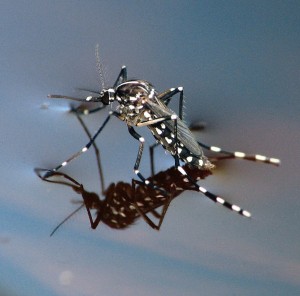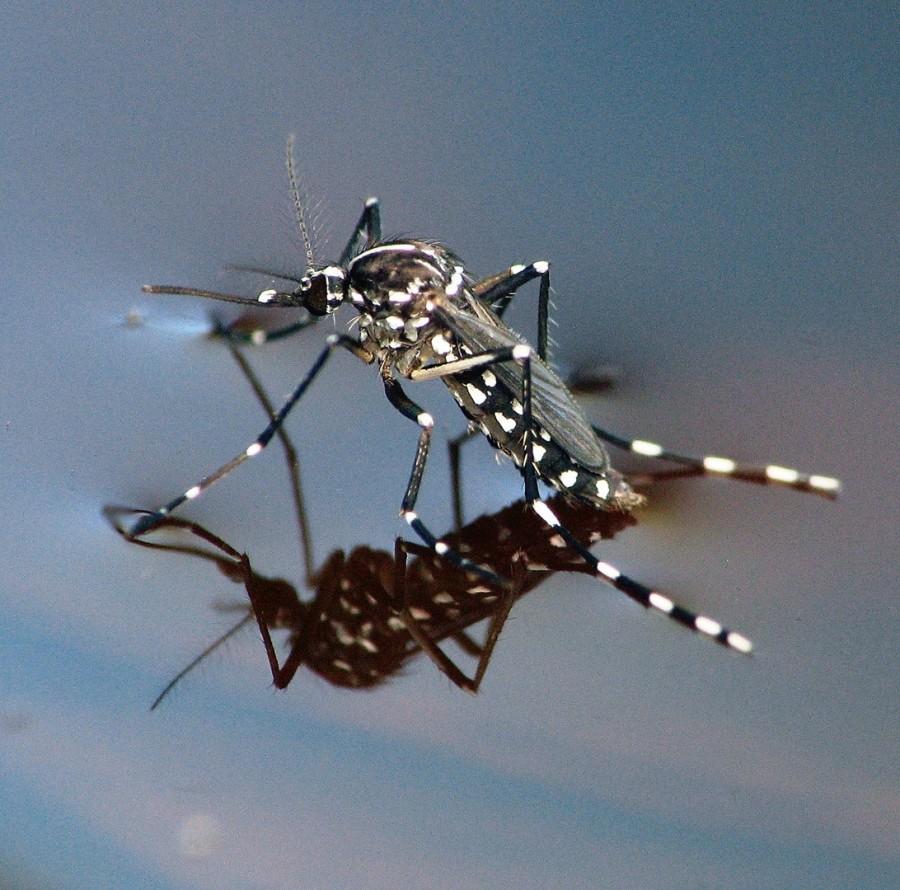
From Aug. 24, 2012 to Aug. 29, 2012, five dead animals were confirmed to have been infected with the West Nile Virus. Three of these animals were found in Atherton and the other two were found in Redwood City, as reported by the San Mateo County Mosquito and Vector Control District.
“It is very scary that this disease has been spotted close to Carlmont, and I hope that no one gets sick,” stated sophomore Leila Stier.
The West Nile Virus travels through female mosquitoes and infects mammals, such as humans. The WNV originated in Uganda in 1932, and migrated to the United States (found in New York) in 1992. This disease is especially dangerous to birds, as the disease kills them within five days. Eighty percent of humans infected with this disease will experience no symptoms, meaning that they will not even be aware that they were ever infected.
For the remaining 20 percent of infected humans, the disease can be classified into two categories: West Nile Virus without neurological disease, and West Nile Virus with neurological disease.
For those infected with the WNV without neurological disease, they experience symptoms such as fever, headaches, nausea, sore throat, and a rash. These symptoms usually last for three to six days.
The WNV with neurological disease affects 1 percent of the 20 percent that experience symptoms. These people tend to be pregnant, very old or very young, or people who take immuno-suppressive drugs. For these people, the symptoms are much worse; as they include paralysis, brain damage, coma, or death.
Currently, the reported cases of West Nile Disease are up 40 percent, with 66 people in the United States having lost their lives. There currently is no cure for the West Nile Virus.
However, one can prevent exposure to the WNV by wearing insect repellent, long sleeve shirts, and by draining any pools of water in or around one’s house, as these pools of water can attract mosquitoes.
Anyone who sees a dead animal is asked to immediately call 1-877-WNV-BIRD.











